You could use the ddply function from plyr package
#First I will enter a part of your original data frame
Name <- c('Abbot, F', 'Abdool-Samad, T', 'Abedian, I', 'Abrahams, F', 'Abrahams, F', 'Abrahams, F')
Position <- c('Executive Director', 'Outsider', 'Outsider', 'Executive Director','Outsider', 'Outsider')
Companies <- c('ARM', 'R', 'FREIT', 'FG', 'CG', 'LG')
NoBoards <- c(1,1,1,1,1,1)
df <- data.frame(Name, Position, Companies, NoBoards)
# Then you could concatenate the Positions and Companies for each Name
library(plyr)
sumPosition <- ddply(df, .(Name), summarize, Position = paste(Position, collapse=", "))
sumCompanies <- ddply(df, .(Name), summarize, Companies = paste(Companies, collapse=", "))
# Merge the results into a one data frame usin the name to join them
df2 <- merge(sumPosition, sumCompanies, by = 'Name')
# Summarize the number of oBoards of each Name
names_NoBoards <- aggregate(df$NoBoards, by = list(df$Name), sum)
names(names_NoBoards) <- c('Name', 'NoBoards')
# Merge the result whit df2
df3 <- merge(df2, names_NoBoards, by = 'Name')
You get something like this
Name Position Companies NoBoards
1 Abbot, F Executive Director ARM 1
2 Abdool-Samad, T Outsider R 1
3 Abedian, I Outsider FREIT 1
4 Abrahams, F Executive Director, Outsider, Outsider FG, CG, LG 3
In order to get a list the directors "home company" as the company on which she/he is an executive rather than outsider. You could use the next code
ExecutiveDirector <- df[Position == 'Executive Director', c(1,3)]
df4 <- merge(df3, ExecutiveDirector, by = 'Name', all.x = TRUE)
You get the next data frame
Name Position Companies.x NoBoards Companies.y
1 Abbot, F Executive Director ARM 1 ARM
2 Abdool-Samad, T Outsider R 1 <NA>
3 Abedian, I Outsider FREIT 1 <NA>
4 Abrahams, F Executive Director, Outsider, Outsider FG, CG, LG 3 FG

